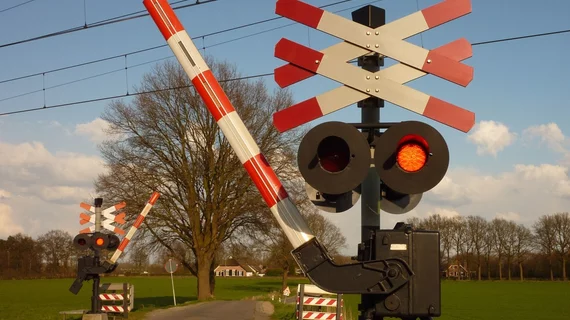In Tar Heel country, electronic ‘greeters’ use AI to monitor mask wearing, social distancing
If you’re failing to keep social distance, wear a mask and wear it properly, a red X lights up as a reminder. If you’re doing things right, it’s a green check mark affirming your compliance.
That’s how a new AI-based system works as developed at the University of North Carolina’s Reese Innovation Lab.
The interactive elements are “health greeter kiosks,” video screens that combine machine learning with computer vision to scan faces and the spaces between pedestrians. As individuals approach the kiosk, they see their own image along with the red or green light.
According to the lab’s website, the kiosks don’t record or transmit audio or video data. Instead, the system analyzes video frames at the rate of 30 times per second, deleting analyzed images as each new frame comes in.
Also, the technique can’t identify individuals because it doesn’t employ face recognition. It’s designed solely for ascertaining and communicating on social distancing and mask wearing.
Further, the machines aggregate data for analysis of ratios of, for example, reds to greens.
True to form for machine learning, the system gets better at distinguishing between variables as it goes.
UNC has already used the health greeters for the safety of fans entering a football game. The fans had the option of using the kiosk or entering through an unmonitored gate.
In coverage of the work by the regional News & Observer newspaper, Steven King, the lab’s chief innovation, says the trickiest thing to teach the AI was how to spot masks that were on the face but off the mark.
“We see this as the starting point of wider deployment with opportunities to refine and customize the technology,” King says. “From campus hallways to outdoor events, these kiosks will help us better understand human behavior and encourage safe behavior, and I’m excited to see how we evolve and adapt this AI-powered solution.”

